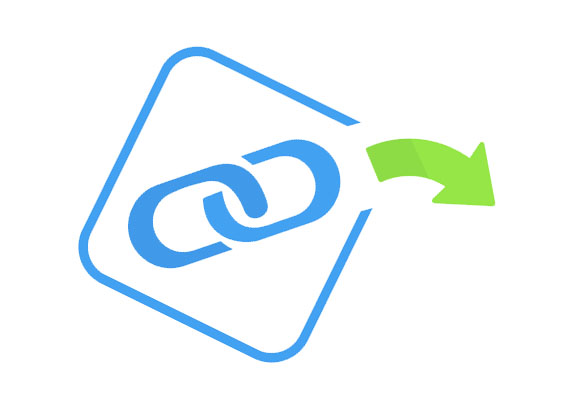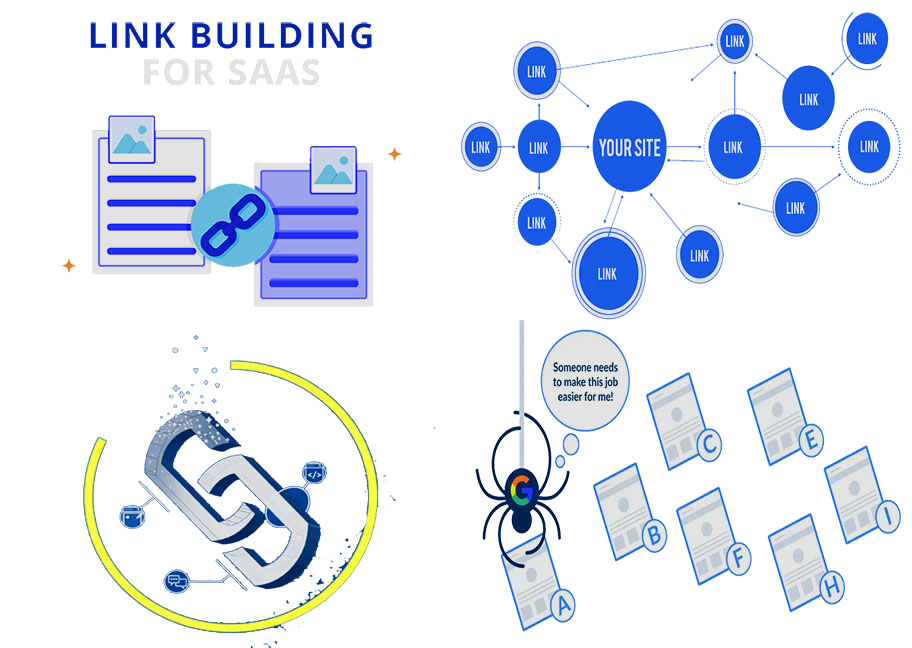
External SEO refers to a set of activities aimed at obtaining external links (backlinks) and mentions to a website. The total number of such links is referred to as link mass or link profile. Websites that host external links serve as donors for your website.

Is it possible to promote a website without external optimization? If you have a well-developed internal optimization, excellent content shared by users, and a well-structured website, then there is a chance to succeed without working on external factors. However, in most commercial niches, external SEO is still necessary.
The impact of external links on a website's rankings has become a subject of discussion among SEO optimizers of varying levels lately. In the debate surrounding this issue, two major camps can be identified - some argue that links no longer work, while others claim the opposite.
At the time of writing this article, which is November 2023, it can be affirmed that links do influence SEO promotion, albeit in a fundamentally different way than, for example, a year ago. It is still possible to continue using links for project promotion and achieve high rankings by employing the strategy outlined below.
Observing the dynamics of SEO, it can be confidently said that search engines are quickly and mercilessly implementing new algorithms, ensuring that only websites that are maximally useful to users make it to the top.

Prioritizing links upfront is not advisable. It is better to focus on usability, content (without manipulation), site speed, and pay attention to branding (service, reputation, online presence). Nevertheless, links still work, so why not take advantage of them?
Let's start with what not to do when using link building in 2023:
Purchasing rented links: The era of platforms like Sape and similar link marketplaces is long gone. These links will only bring harm. If the websites you are promoting are still filled with this basement junk, it's time to gradually get rid of it (once again, gradually).
Ordering articles from copywriters who are not knowledgeable in the subject matter: It's simple - if a copywriter writes a link-building article on a topic they know nothing about, it's a waste of money. The article will be filled with nonsense - nobody will read it, and a link in such an article won't be of much benefit.
Using outdated anchor text schemes: Many SEO professionals still believe in the power of anchor texts and continue to mask links with commercial nonsense like "buy cheap toilets in New York." Of course, they justify it with old rules - using an anchor text only once in a checklist, maintaining a 70:30 ratio of anchor text to non-anchor text links, and so on. But it no longer works.
It is important to adapt to the changing landscape of SEO and focus on creating high-quality content, improving user experience, and building a reputable online presence.
The guiding principle of the new link building can be summed up in one word: "Community."
This means that a link should be clickable. It becomes clickable when the content containing the promoted URL encourages users to click. And engaging content is only possible when it is interesting, readable, and open for discussion.

To make this entire chain work, it is necessary to place the content on a trusted and high-traffic resource where it can be seen by a larger audience. When all these elements align, the link genuinely benefits the promoted page and propels it to the top of search results for queries that are naturally used within the content and comments. Emphasizing again - naturally. This means forgetting about phrases like "buy cheap toilets in New York."
In summary, here is an effective and sequential strategy for using external links in 2023:
By following this approach, websites can leverage external links effectively in 2023 and improve their search engine rankings.